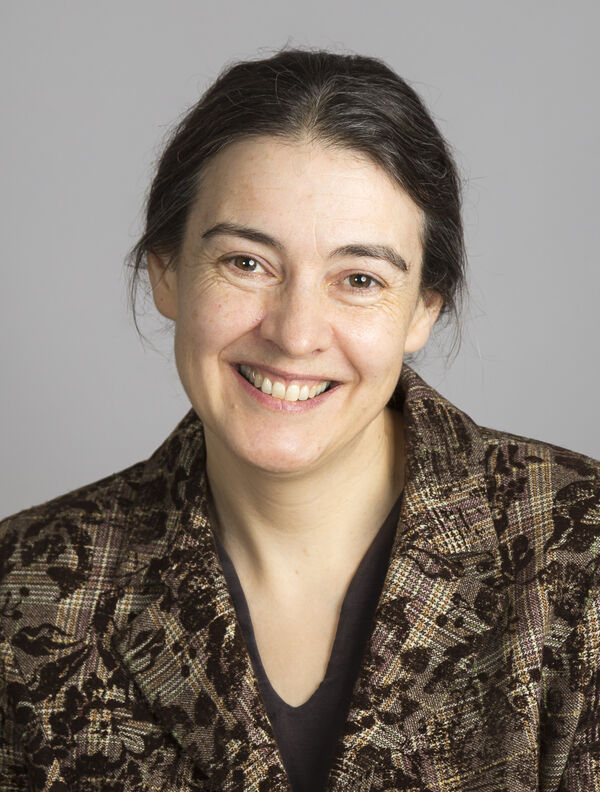
The next PoreLab lecture will take place on Thursday, November 25th at 14:00 (Oslo time).
We will welcome Professor Clare P. Grey from the department of Chemistry at the University of Cambridge.
The title of her presentation is: Developing and applying new tools to understand how materials for Li and “beyond-Li” battery technologies function
You will be able to join with the following link:
https://uio.zoom.us/j/65837085049?pwd=WjZianUyN3FJa2liQkxBbzQrOCtGdz09
Abstract
Rechargeable batteries have been an integral part of the portable electronics revolution and are now playing an increasingly important role in transport and grid applications, but the introduction of these devices comes with different sets of challenges. Ni-rich layered cathode materials are among the most promising candidates for high energy density Li-ion batteries for EV applications, yet improvements in their capacity retention – particularly under conditions of stress (high/low temperature, fast charging) – are still required for their more widespread use. New technologies are being investigated, such as those involving reactions between Li and oxygen/sulfur, using sodium and magnesium ions instead of lithium, or involving the flow of materials in an out of the electrochemical cell (in redox flow batteries). Importantly, fundamental science is key to producing non-incremental advances and to develop new strategies for energy storage and conversion.
This talk will start by very briefly describing existing battery technologies, what some of the current and more long-term challenges are, and touch on strategies to address some of the issues. I will then focus on our own work to develop NMR, MRI, X-ray diffraction and optical methods that allow devices to be probed while they are operating (i.e., operando). This allows transformations of the various cell components to be followed under realistic conditions without having to disassemble and take apart the cell. We can detect side reactions involving the electrolyte and the electrode materials, sorption processes at the electrolyte-electrode interface, and processes that occur during extremely fast charging and discharging. Many of the battery electrode materials are paramagnetic and their study has involved the development of new experimental (NMR) and theoretical approaches to acquire and interpret spectra. I will then focus on showing how operando methods can be used to probe thermodynamic and metastable phase transitions and intercalation mechanisms in electrodes. Finally, new results on redox flow batteries, extremely high-rate batteries and extensions of our NMR approaches to study for example gated electronics will be outlined.
Bio
Clare P. Grey, FRS is the Geoffrey-Moorhouse-Gibson and Royal Society Professor of Chemistry at Cambridge University. After receiving a BA and D. Phil. from Oxford University she was a post-doctoral fellow at Nijmegen and at DuPont CR&D. She joined the faculty at Stony Brook University in 1994, moving to Cambridge in 2009, maintaining an adjunct position at Stony Brook. She is currently the director of the EPSRC Centre for Advanced Materials for Integrated Energy Systems (CAM-IES) and a member of the Expert Panel of the Faraday Institution. Recent honours/awards include Honorary PhD Degrees from the Universities of Orleans (2012) and Lancaster (2013), the RSC John Goodenough Award (2019), the Richard R. Ernst Prize in Magnetic Resonance (2020), the RS Hughes Award (2020) for contributions in the field of energy and the (2021) Körber European Science prize. She is a foreign member of the American Academy of Arts and Sciences. Her current research interests include the use of solid-state NMR and diffraction-based methods to determine structure-function relationships in materials for energy storage (batteries and supercapacitors), conversion (fuel cells) and carbon capture. She is a cofounder of the company Nyobolt, which seeks to develop batteries for fast charge applications.
